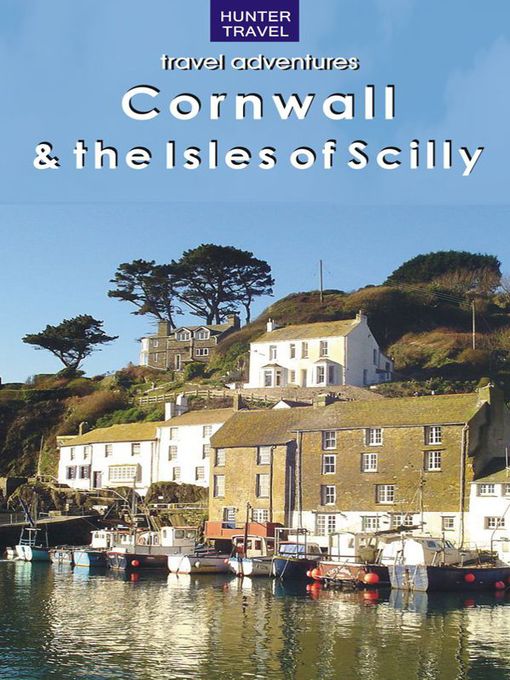The name Cornwall comes from Cornovii, meaning hill dwellers, and Waelas, meaning strangers. The first Stone Age tools that were found here date to 4,500 BC. Near the town of Redruth the remains of a Stone Age settlement can still be seen. A shift in the landscape across the land bridge from Europe brought the early settlers to Cornwall. There are several burial chambers throughout Cornwall from this period. All over Cornwall there is evidence of ancient sites and settlements. It was in the New Stone Age or Neolithic period that settlements such as the one on Carn Brea started to be fortified and hedges were built to begin farming. This is a remarkable guide to everything there is to see and do, the culture, the history, where to stay, the restaurants, the walks, bike trips, beaches, and much more. During medieval and early modern times Cornwall was recognized as a separate country and the Cornish people even had their own language. As Cornwall was a natural fort surrounded on all but one side by ocean, the position of a separate country seemed natural. The people and the culture were different from the rest of England, the language spoken was Brythonic. For many years it was a forgotten language but of late it has been reintroduced by some of the older Cornish folk. Cornwall has a very mild climate compared to the rest of Britain. This is mainly due to the fact that it is so far south and also due to the influence of the easterly edge of the Gulf Stream. The coastal areas are especially mild. The fact that Cornwall does have milder weather than other areas of Britain means it is an ideal tourist destination at all times of year. If you are touring Cornwall and visiting St Ives or Penzance, a visit to some of the ancient sites is a must, Cornwall literally has hundreds of ancient sites and monuments. King Doniert's Stone is two pieces of a decorative Celtic cross of the 9th century. The inscription on it commemorates the King of Cornwall who died in 875. King Dungarth died by drowning in the river Fowey. Then there is the Portal Dolmen. It is a rare monument, dating from 3500-2600 BC. They were often reused in the Bronze Age for cremations. This monument is still pleasing to look at, with seven slabs of granite still remaining and a massive capstone said to weigh around 10.5 tons. And then there are the castles. Pendennis Castle was built by Henry VIII. Restormel Castle is on the Fowey River near Lostwithiel. The castle is Norman and noted for its unusual circular design. Built in the early 1700ís, Antony House is a beautiful mansion with a fabulous collection of furniture, paintings, and rich textiles. The grounds meander down to the Lynher estuary. There are formal gardens, topiaries and a knot garden. Lanhydrock stands majestically on 890 acres. Some parts of the house date from 1620; the others are Victorian. The house is a listed building, meaning it is of special architectural or of historical interest. Around the house, there are beautiful formal gardens and in the back is a woodland of trees and shrubs. The Isles of Scilly are 28 miles off the coast of Land's End in Cornwall. Land's End is the southwestern tip of England. The Islands form a golden archipelago and consist of five inhabited islands and numerous others that are not. The entire population of the islands is around 2,000. The inhabited islands are called St. Maryís, Tresco, St. Martinís, Bryher and St. Agnes. Beautiful white beaches, subtropical plants, rocky islets and tiny islands all provide a varied habitat for a large variety of birds and marine animals. Migrating birds stop and rest here, so the islands are a bird watcher's paradise.
- Available now
- Mysteries Available Now
- Thrillers Available Now
- Fantasy Available Now
- Science Fiction Available Now
- New eBook additions
- New kids additions
- New teen additions
- Most popular
- Try something different
- See all
- Available now
- Mysteries Available Now
- Thrillers Available Now
- Fantasy Available Now
- Science Fiction Available Now
- All Audiobooks
- New audiobook additions
- New kids additions
- New teen additions
- Most popular
- Try something different
- See all
- NEW! Popular Magazines
- Food & Wine
- Newly Added Magazines
- News & Politics
- Fashion
- Hobbies & Crafts
- Celebrity
- Cars & Motorcycles
- Tech & Gaming
- Sports
- Home & Garden
- See all

